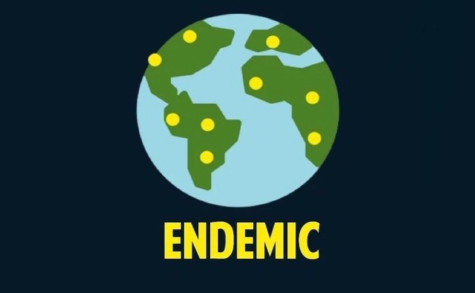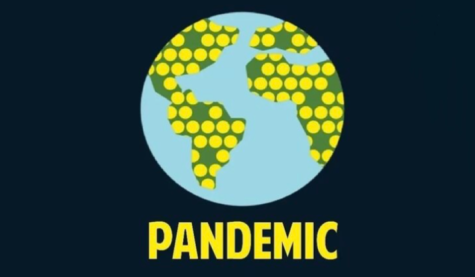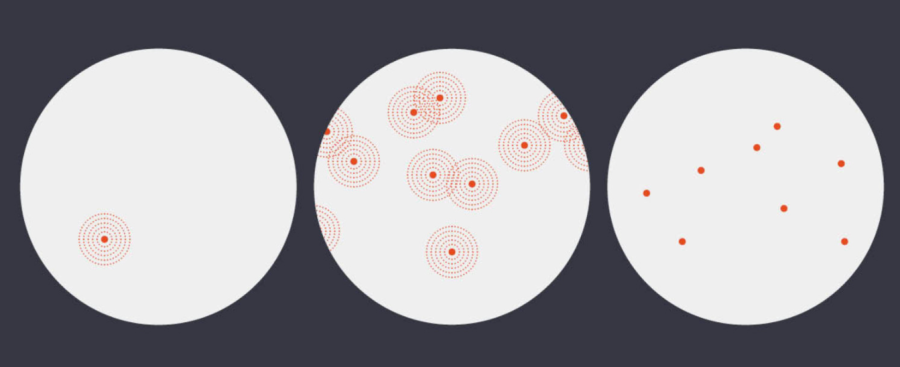The Difference Between Pandemic, Endemic, and Epidemic
February 24, 2022
Pandemic, endemic, epidemic… they all sound just about the same right? Many people commonly get these three terms mixed up, causing a lot of confusion on what they REALLY mean. Even though all three of these terms relate to mass disease, these terms define the different amounts of people infected. Here is each “-demic” defined with examples:
Epidemic– An epidemic is the root of all “-demics”. An epidemic is described as a contagious disease that affects a large or considerable amount of people within a community, population, or region. The CDC describes one as “an unexpected increase in the number of disease cases in a specific geographical area”. Some examples of epidemics that currently still exist include the flu and smallpox.

Endemic– An endemic is similar to a pandemic, except for the fact that it’s controlled and manageable. A disease is spreads worldwide and continues to be present yet limited within a given geographical area, but the amount of cases and it’s impact is manageable, which is the direction that COVID-19 might be leading into. Some examples of endemics that are still present today include Malaria and Ebola.

Pandemic– A pandemic is basically described as a larger version of an epidemic (global epidemic). Pandemics can cover several countries, range worldwide, or spread from continent to continent. We are currently experiencing a global pandemic, COVID-19. Some examples of past pandemics include influenza A virus pandemic and Spanish Flu.


